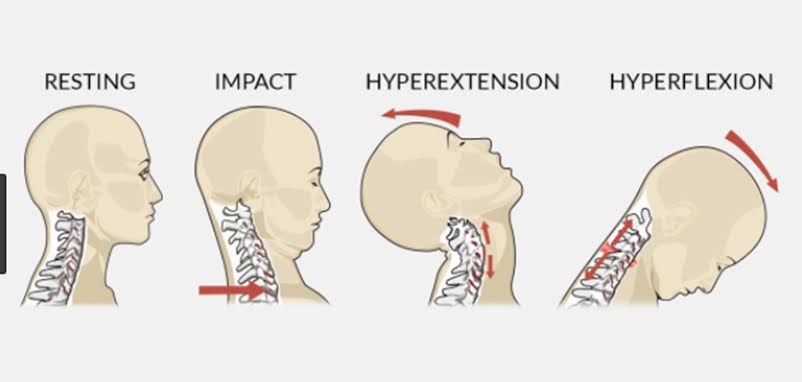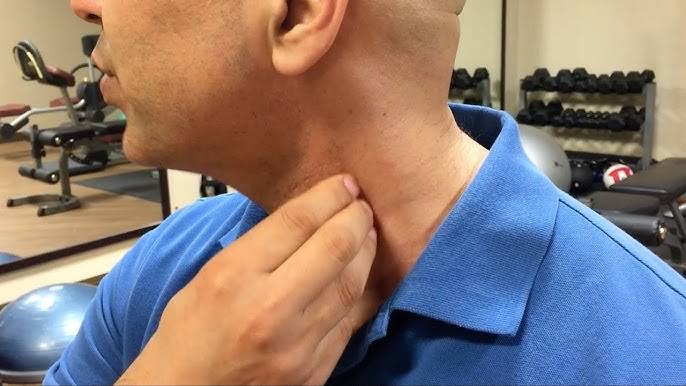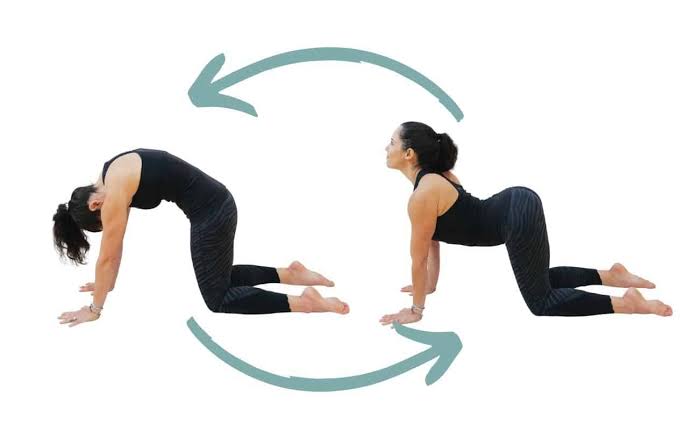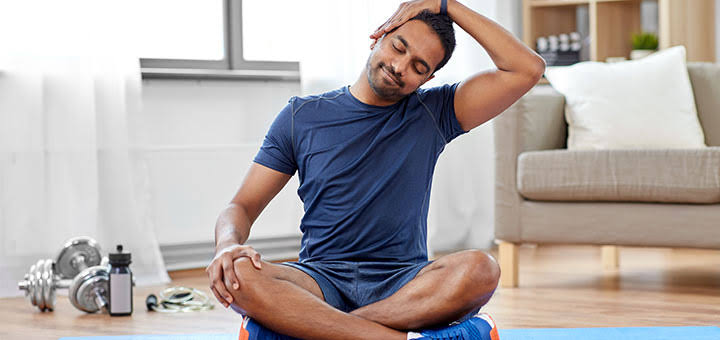Sternocleidomastoid, otherwise simply known as SCM is located superficially, either side of the neck. It is a significant muscle of the neck but is often overlooked during treatment. Sternocleidomastoid is a pain in the neck.
It originates at the sternum (sterno) and inserts at the clavicle (cleido) and mastoid process of the skull. It’s main function is head rotation and flexion of the neck.
How does SCM become injured?
SCM can be easily injured with sudden movement or jerks of the head, mostly commonly with whiplash.
It is also often innervated in ‘upper cross syndrome’ where the upper neck and lower shoulder muscles are weak, while the upper shoulder and chest muscles are tight. This is largely due to poor posture as we hunch to use the computer or crane our necks over to look at our laptops, mobiles, or while driving.
What are the symptoms of an injured SCM?
Sternocleidomastoid is a pain in the neck. Literally. A strained SCM can produce swelling and redness along the muscle, at the site of the injury.
Stiffness, muscle fatigue and difficulty holding your head upright may occur, along with dull pain along the muscle, into the head and base of the skull. This can be accompanied by sharp pain or inability to turn or tilt your head.
Sternocleidomastoid is a pain in the neck. Trigger points in SCM can cause headache pain in the back of the head, behind the ear, in the forehead but it can also cause a multitude of other symptoms that some may not be attributed to muscles injury.
Primary symptoms include;
- Back of Head Pain
- Cheek Pain (like Sinusitis)
- Dizziness When Turning Head or Changing Field of View
- Double/Blurry/Jumpy Print Vision
- Dry Cough
- Ear Pain
- Earaches/Tinnitus (Ringing)/Itch
- Feeling Continued Movement in Car After Stopping
- Feeling Tilted When Cornering in Car
- Front of Chest Pain
- Frontal Headache
- Headaches or Migraines
- Post Nasal Drip
- Runny Nose
- Sore throat
- Tearing/Reddening of Eye, Drooping of Eyelid
- Temple and Eyebrow Pain
- Temporal Headache (Temples)
- Temporomandibular Joint (jaw) Pain
- Throat & Front of Neck Pain
- Travelling Nocturnal Sinus Stuffiness
- Vertex Pain
- Visual Perception Problems
How is it treated?
Applying ice for 10 minutes several times daily may relieve swelling and redness. Wearing a neck brace supports the weight of your head, temporarily relieving the stress on SCM although may only recommended temporarily and only in severe cases. Over-the-counter nonsteroidal antiinflammatory drugs (NSAIDs) such as ibuprofen (Advil, Neurofen) and naproxen (Naprosyn, Aleve) and analgesic rubs can relieve some of the pain associated with the strain.
SCM is very responsive to massage and other soft tissue techniques such as gentle cupping, dry needling, and stretching.
Rotate your head to look over your shoulder, as far as is comfortable, not to strain.
Then gently tilt the head to the same side, as if trying to reach the ear to the shoulder. Hold the collarbone for added tension.
Hold for 20-30 seconds, rest and stretch the other side.
Some yoga exercises to alleviate neck pain
If you are a yogi, some basic yoga poses that can help lateral and anterior neck tension include;
Marjariasana (Cat Pose)
Cow-Cat pose is a gentle up-and-down flowing posture that brings flexibility to the entire spine. It stretches and lengthens the back torso and neck. It’s a wonderful and easy movement to open and create space through the entire neck.
To begin with cow pose, kneel on your hands and knees in a neutral, tabletop position. Be sure to align the hands below the shoulders and knees directly beneath the hips. Looking straight ahead, inhale, and slowly extend through your spine as you look up and forward, softly arching through the back and neck. Take care to expand through your chest and lower your shoulders down and back.
Move into cat pose by reversing the movement as you exhale and bring your chin towards your chest while gently hunching and rounding your back. Repeat this sequence for 7 to 10 cycles, softly flowing with your breath.
Ardha Matsyendrasana (Seated Twist Pose)
The seated twist is a wonderful pose to bring flexibility to the entire spinal column. It provides an inner massage to the abdominal organs and encourages side-to-side flexibility of the neck.
Begin seated on the floor with both legs extended in front of you and hands at your sides. Bend the right knee and draw the right foot to the outside of the outstretched left leg. Sit up tall, inhale, and extend your left arm out to your left. As you exhale, draw your left arm across your body so the elbow joint gently wraps around your right knee. Take your right hand and place it palm down on the floor near your tailbone, fingers pointing away from you. Draw your chin toward your right shoulder, making sure to keep your spine tall, and the crown of your head reaching toward the sky. Bend the right elbow slightly to allow the right shoulder to sink down.
Breathe deeply in this pose for 5 to 7 breaths, making sure to twist (not crank) your spine comfortably. Repeat on the left side to maintain the balance in your body and spinal column.
Ear to Shoulder Pose
This is an easy pose that can be done just about anywhere. The pose facilitates the lateral movement of the neck as well as stretches down into the shoulder and trapezius muscles. This pose can be performed standing or sitting, provided the spine is straight.
Begin by looking straight ahead with your arms down at your sides. Take a deep breath and as you exhale, bring your right ear down toward your right shoulder. Try to avoid leaning your head forward or back so that your head remains in the same plane as your shoulders. Inhale as you draw your head back to center and exhale as you repeat the movement to the left.
To deepen the stretch, place your right hand on the left side of your head as it drops over towards the right shoulder. Don’t pull your head over; just allow the weight of your hand to softly guide it down. Perform this cycle 7 to 10 times per side before returning to centre. [1]
ALM Remedial provides remedial massage and myotherapy treatments for neck pain. Servicing the Yarra Rages and Dandenong Ranges areas.







